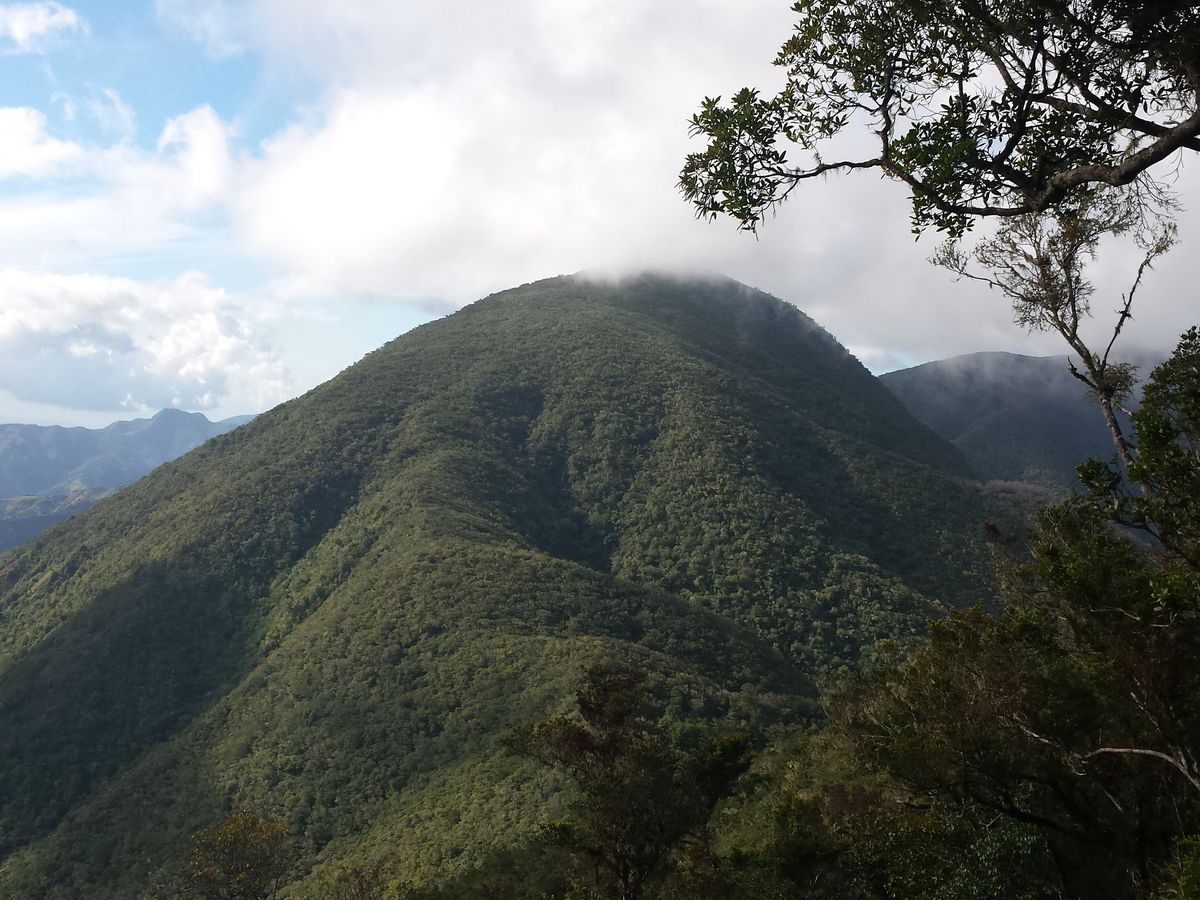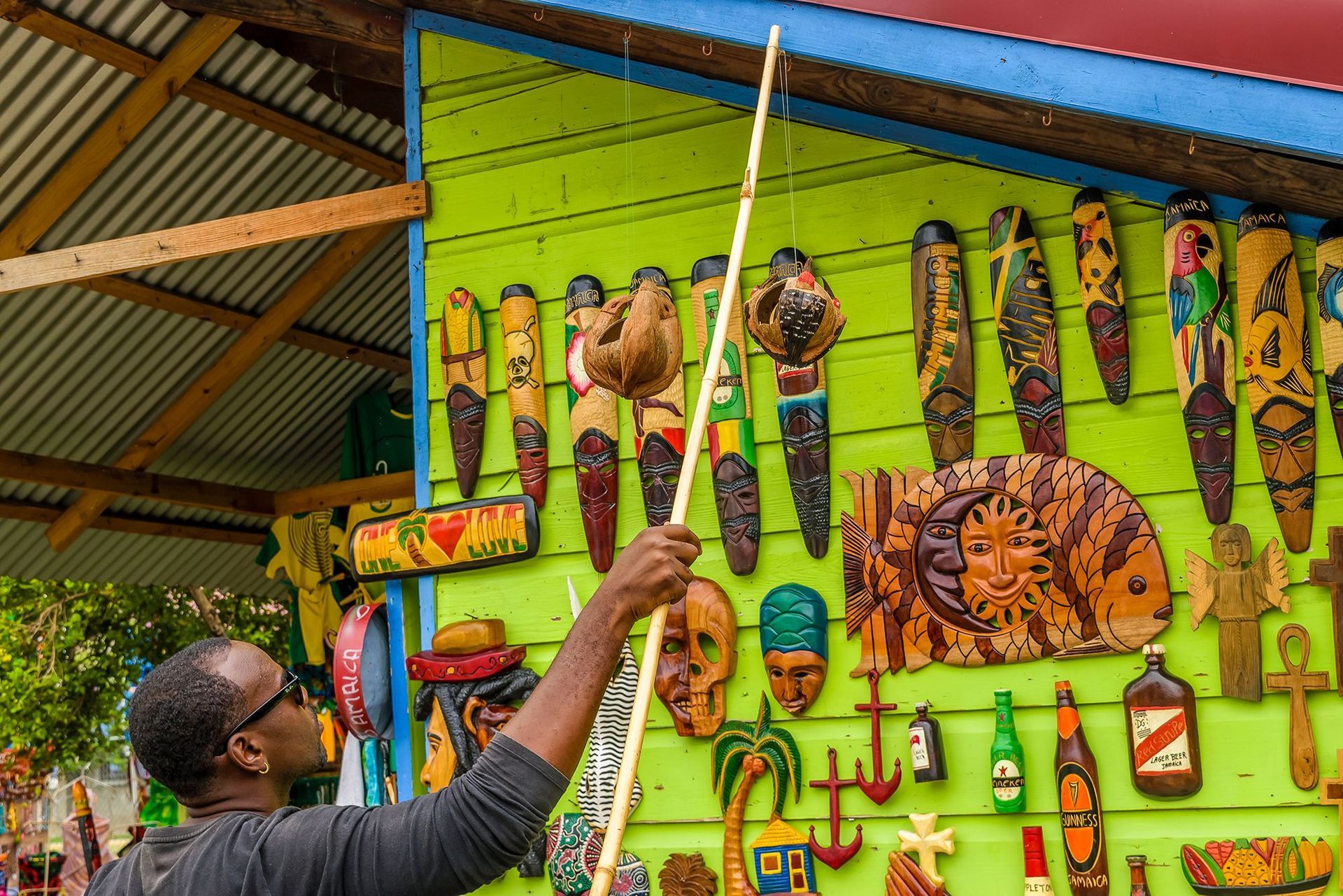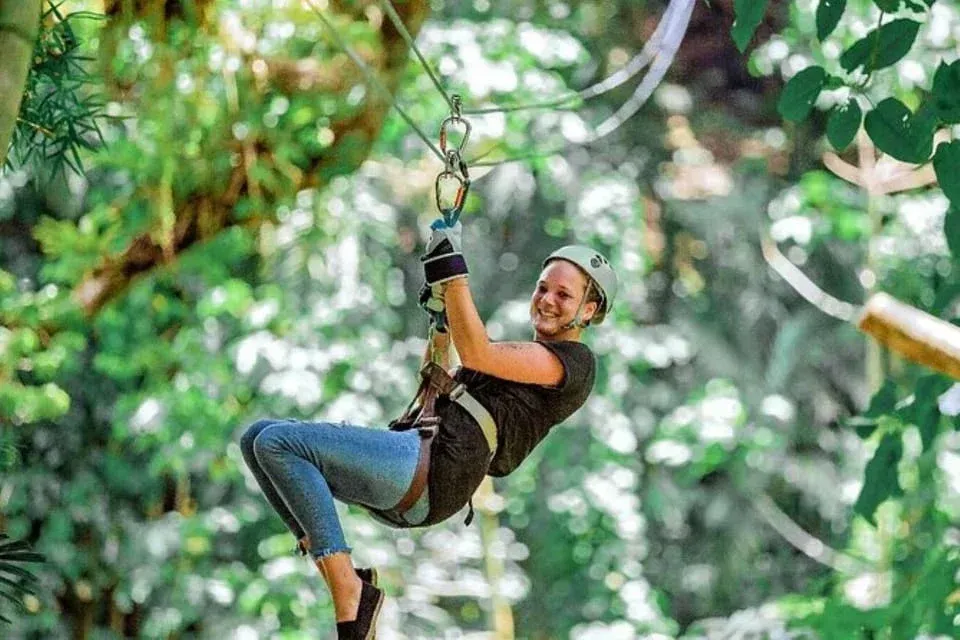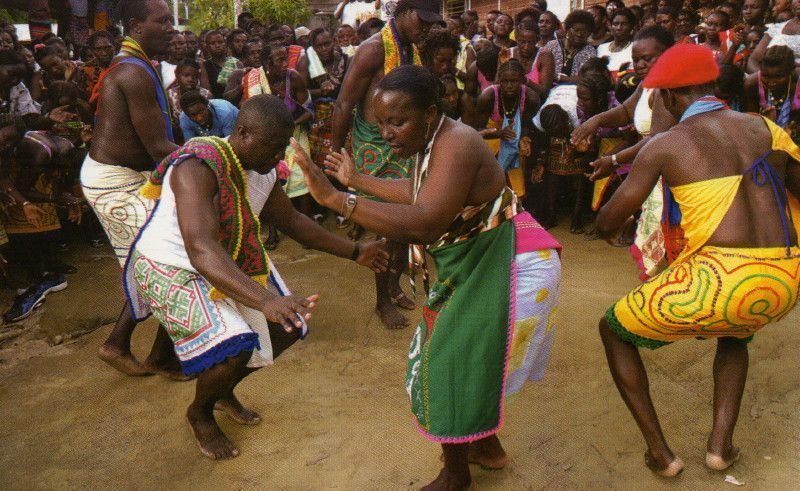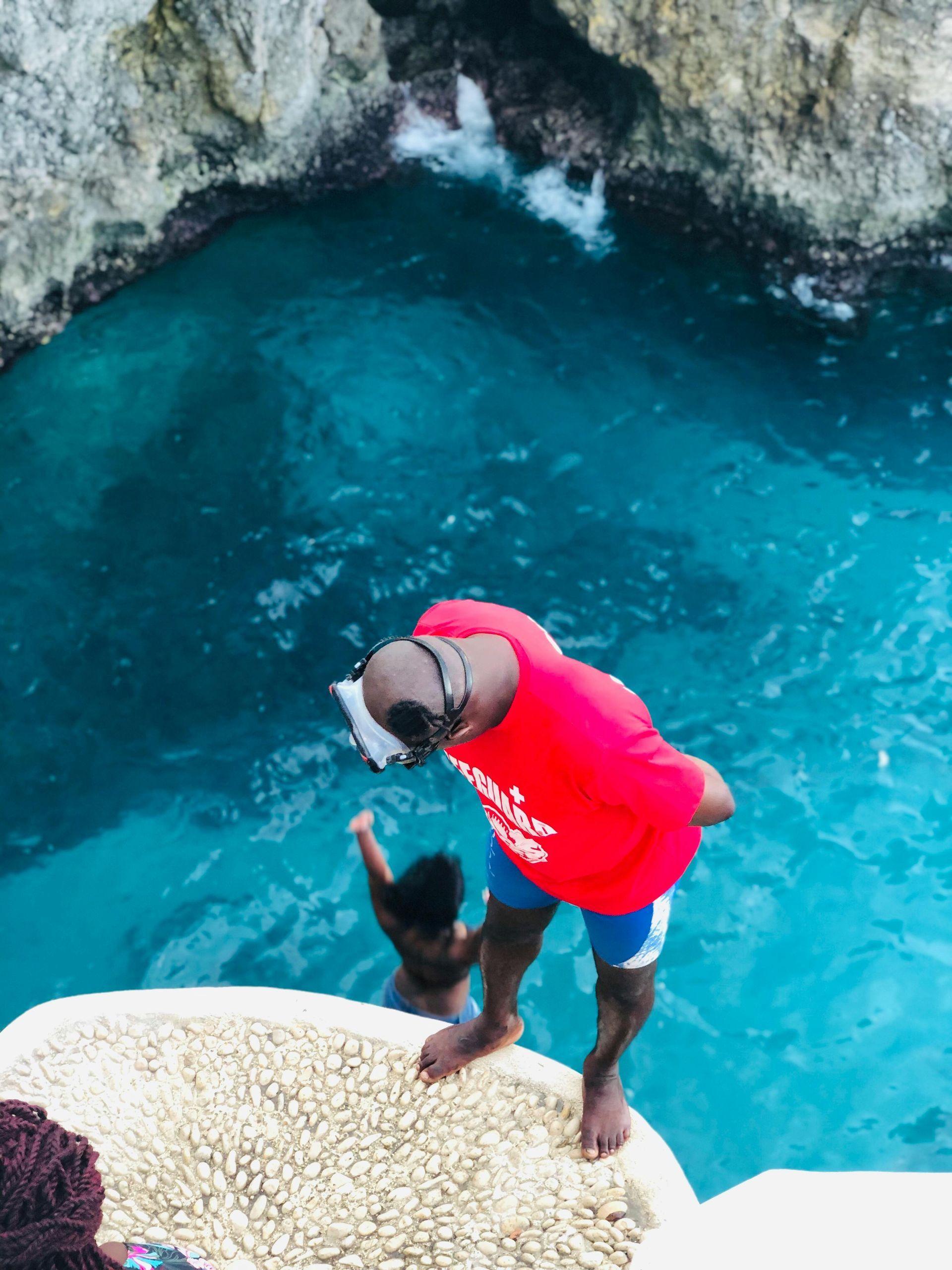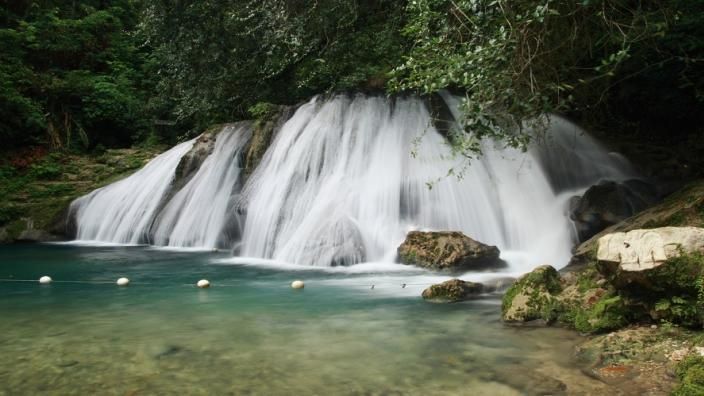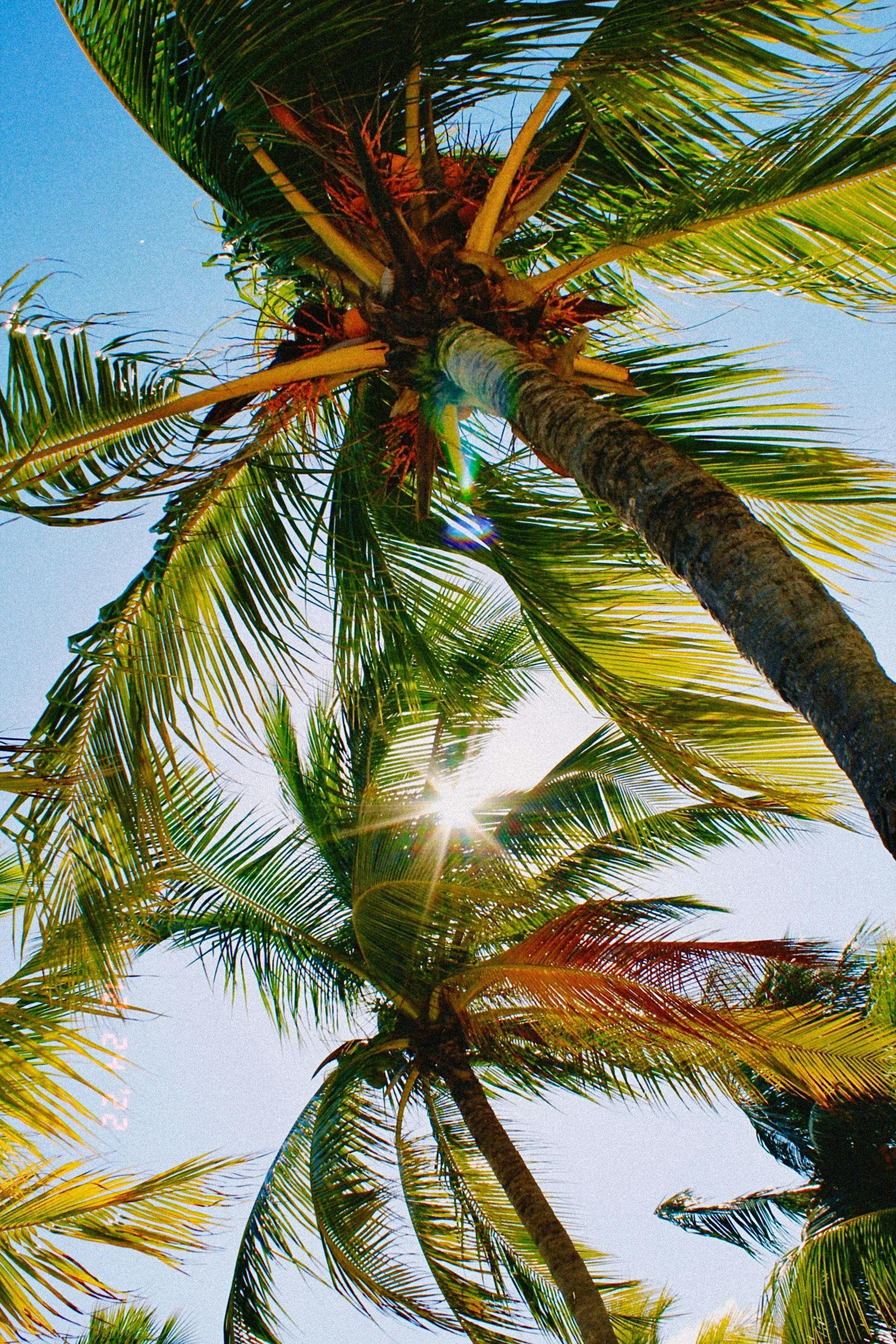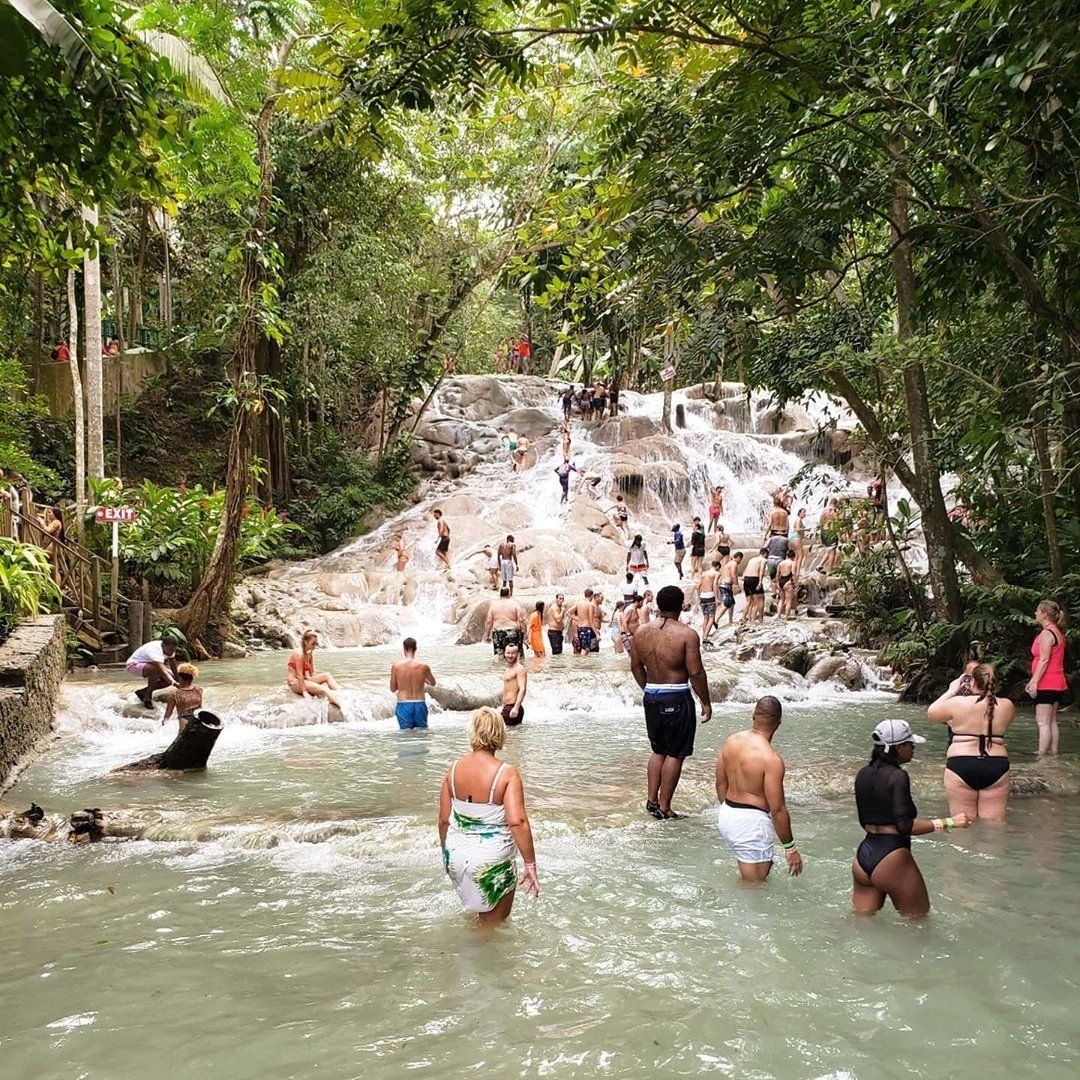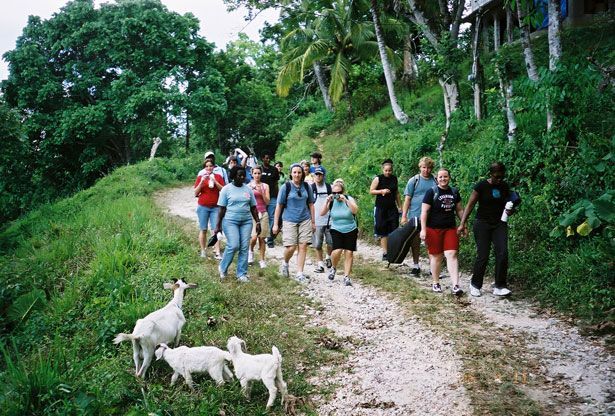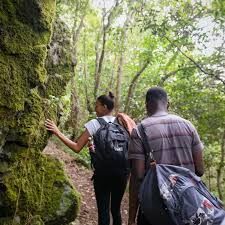A Journey Through Time: Uncovering Jamaica's Historic Treasures

Exploring Jamaica offers travelers a fascinating dive into a rich tapestry of history, culture, and resilience. From ancient Taino settlements and colonial architecture to stories of rebellion and independence, Jamaica's historic sites tell the story of the island’s unique legacy. Here’s a guide to some must-visit historic sites in Jamaica:
1. Port Royal
- Location: Near Kingston
- Why Visit: Once known as the "wickedest city on Earth," Port Royal was a notorious pirate haven during the 17th century. It was home to infamous pirates like Henry Morgan and became a bustling city filled with wealth and vice. An earthquake in 1692 submerged part of the city underwater, preserving artifacts and creating an underwater archaeological site. A visit to Port Royal reveals pirate lore, historic ruins, and a look at Jamaica’s colonial era.
- Must-See: The Giddy House, which tilted during an earthquake, offers a unique optical illusion and a glimpse into the island’s seismic activity.
2. Rose Hall Great House
- Location: Montego Bay
- Why Visit: This grand Georgian mansion is one of Jamaica's most famous historical sites, famous for its haunting legend of the "White Witch" Annie Palmer. According to legend, Palmer was a ruthless plantation owner involved in black magic, known for her treatment of slaves and a series of husbands who met mysterious deaths. Rose Hall offers tours that blend history with folklore and provide insight into Jamaica’s plantation past.
- Must-See: The nighttime tour is a popular way to explore the mansion and its ghostly tales.
3. Seville Heritage Park
- Location: St. Ann Parish, near Ocho Rios
- Why Visit: Seville Heritage Park is the site of one of Jamaica’s earliest Spanish settlements and later a British plantation. It’s known as the landing spot of Christopher Columbus and holds remnants of Taino settlements, Spanish colonial buildings, and British-era relics. The site includes a museum with Taino, Spanish, and African artifacts, telling the island's story from its earliest days through colonization and slavery.
- Must-See: The ruins of the 16th-century Spanish sugar mill and the restored Spanish church.
4. Bob Marley Museum
- Location: Kingston
- Why Visit: Housed in the former home of reggae legend Bob Marley, this museum celebrates Jamaica’s most iconic musical export. It’s not only a tribute to Marley's life but also an immersion into the world of reggae music and Rastafarian culture, both deeply embedded in Jamaican identity. Personal artifacts, memorabilia, and photographs take you through Marley's career and his impact on Jamaican and global music.
- Must-See: Marley's personal recording studio and the rooms preserved in their original state.
5. Fort Charles
- Location: Port Royal
- Why Visit: Fort Charles is one of Jamaica’s oldest forts, built in the 17th century by the British to protect Port Royal from attacks. It’s an excellent site for understanding the strategic military role Port Royal played in the Caribbean. The fort’s museum showcases historical weaponry, maps, and maritime artifacts.
- Must-See: The impressive cannons and Captain Bligh’s quarters, where the legendary figure of Mutiny on the Bounty fame once stayed.
6. Spanish Town and the Old King's House
- Location: Spanish Town, St. Catherine Parish
- Why Visit: Spanish Town was the first capital of Jamaica under Spanish rule and later became the seat of the British government. The town is full of colonial architecture, with the Old King's House as its centerpiece, which once housed Jamaica’s governors. The town square is home to the oldest Anglican cathedral outside of England and historic statues, showcasing British and Spanish influences.
- Must-See: The Spanish Town Cathedral and the remains of Old King's House.
7. Accompong Town
- Location: St. Elizabeth Parish
- Why Visit: Accompong Town is a Maroon village established by runaway slaves who fought for independence against the British. The Maroons, led by leaders like Cudjoe, signed a peace treaty in 1739, granting them self-governance—a historic feat. Visitors can learn about the Maroons’ unique cultural practices, language, music, and rituals that are still preserved today.
- Must-See: The annual Maroon festival on January 6, which celebrates their culture with music, dancing, and ceremonies.
8. Devon House
- Location: Kingston
- Why Visit: This stunning 19th-century mansion was built by Jamaica’s first black millionaire, George Stiebel. Devon House is a prime example of Jamaican Georgian architecture and represents the success and resilience of black Jamaicans during a time when economic opportunities were limited. Today, it’s a cultural and culinary hotspot, featuring local art, craft shops, and famous Devon House ice cream.
- Must-See: The mansion’s luxurious interiors and the picturesque gardens.
9. National Heroes Park
- Location: Kingston
- Why Visit: National Heroes Park is Jamaica’s largest open space dedicated to honoring the country’s national heroes, prime ministers, and cultural icons. The park is home to monuments, statues, and the graves of important figures like Marcus Garvey and Norman Manley. Visiting the park provides insight into Jamaica’s journey to independence and its fight for social justice.
- Must-See: The statue of Marcus Garvey and the Eternal Flame, which commemorates Jamaican soldiers.
10. Green Grotto Caves
- Location: Discovery Bay, St. Ann Parish
- Why Visit: These limestone caves have served various roles throughout Jamaica’s history, from being a hideout for Taino Indians to a storage site for runaway slaves. The caves have beautiful rock formations, underground lakes, and remnants of its historical uses, making it an exciting journey into Jamaica’s natural and human history.
- Must-See: The grotto’s secret underground lake and the historical carvings left by past inhabitants.
Tips for Visitors:
- Timing: Many sites offer enhanced experiences during special events, such as the Maroon festival in Accompong or night tours at Rose Hall.
- Respect for Local Customs: Sites like Accompong Town are still active Maroon communities. Always follow local customs and respect the residents’ space and traditions.
- Combine Nature and History: Sites like Green Grotto Caves offer a unique combination of natural beauty and historical significance, making them ideal for history and nature lovers alike.
Plan Your Visit!
Exploring these sites allows travelers to step back in time and experience the diverse layers that shape Jamaica’s identity today. Each stop offers a unique glimpse into the island’s journey, from pre-Columbian roots and pirate lore to the rise of reggae and independence.

876-536-8800
Phone Number
954-990-0050 /(876) 5368800
jamaicamesmerizingtours@gmail.com
Montego Bay, St. James JM
All Rights Reserved | Jamaica Mesmerizing Tours
This site is protected by reCAPTCHA and the Google Privacy Policy and Terms of Service apply.
